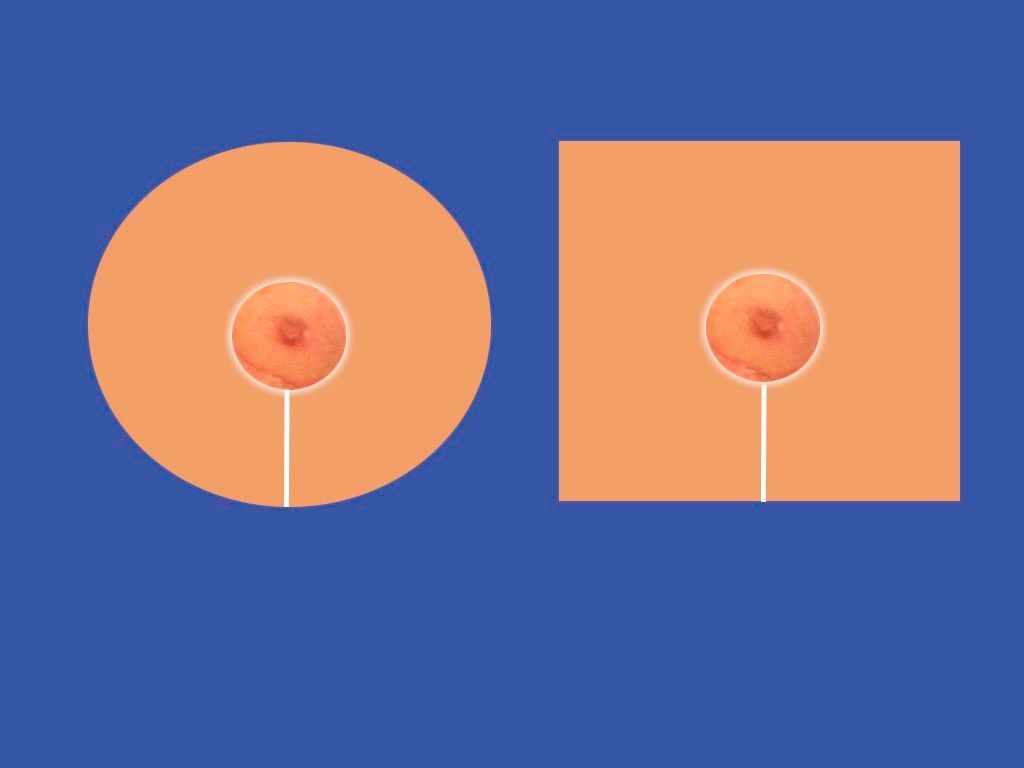


How I learned NOT ALL DOCTORS ARE CREATED EQUAL.
Case #1 Two Minute ballet
During my first week as Intern at St Frances hospital in Baltimore a 50 year old male presented to the emergency room with a gunshot to the heart. He was leaving a restaurant with his wife. A man demanded his wallet. He gave it without resistance and was shot through the heart.
His pupils were fixed and dilated, but his heart was still fibrillating. I intubated him and started large bore IVs with fluid resuscitation. But what next? I called the Chief Resident. “I have a gun shot to the heart, fixed a dilated. Can you show me what to do if he came in still salvageable?”
“Keep resuscitating”, he commanded. “On my way”.
I feigned resuscitation on his brain dead body until the Chief Resident arrived.

He flew into the room. His fingers glided down the left chest starting at the clavicle like a grand pianist counting ribs. “Knife” he calmly requested with outstretched hand. In two swift deliberate strokes he was through the ribs avoiding the lower margin where the blood vessels run along in a groove. With gloveless hands, he pulled apart the ribs with a cracking sound.
He pushed the lung aside and cut the pericardium (the sack surrounding the heart) open. “Suture”. Without hesitation he placed a figure of eight suture in the front hole. He flipped the heart over and placed a figure of eight in the exit wound.
Less than two minutes! I had witnessed a ballet of fluid, graceful, purposeful, efficient movement. It was love at first sight. Me and trauma were destined for a long love affair.
Like WWII aces remembering a dogfight, this memory is etched in my mind a gets played over and over in slow fluid motion.
Months later I witnessed another emergency thoracotomy at the main hospital. The attending asked for a tray (instruments). He then meticulously prepped the patient with Betadine. He laid sterile towels. He proceeded to daintily cut the skin until he finally entered the chest. He asked for a retractor to spread the ribs. He pushed the lung aside and asked for a retractor to hold it out of the way. He cut the pericardium and reached the heart. Eight minutes. The patient did not survive.
I learned a valuable lesson. NOT ALL DOCTORS ARE CREATED EQUAL !
I was determined to be the ballerina.
I got to perform the two minute ballet a number of times In my career, but that is a story for another time.
First of three part series.
REALITY CHECK
No matter how meticulous the technical mastery of the surgery, which is totally under control of the surgeon, there comes the healing phase which has a mind of its own. Every patient heals differently depending on the mysteries of their genetic code.
The best we can do is set up the conditions for optimal healing, (delicate tissue handling, tissue plane dissection, atraumatic suture techniques, drains, dressings, etc.) and the rest is up to nature.
Identifying potential complications early (hematomas, cellulitis, hypertrophic healing, allergic reactions, etc.) and dealing with them before they progress to disasters requires checking the patient the day after surgery now that in-hospital observation and recovery is unaffordable.
We have seen some rare but crazy anomalies and fortunately had the training and experience and luck to deal with them without worsening the condition.
We are based in:
421 SE Osceola St.
suite A Stuart,
FL, US 34994
Call us:
Email us:
All Rights Reserved | Villar Plastic Surgery | Privacy Policy